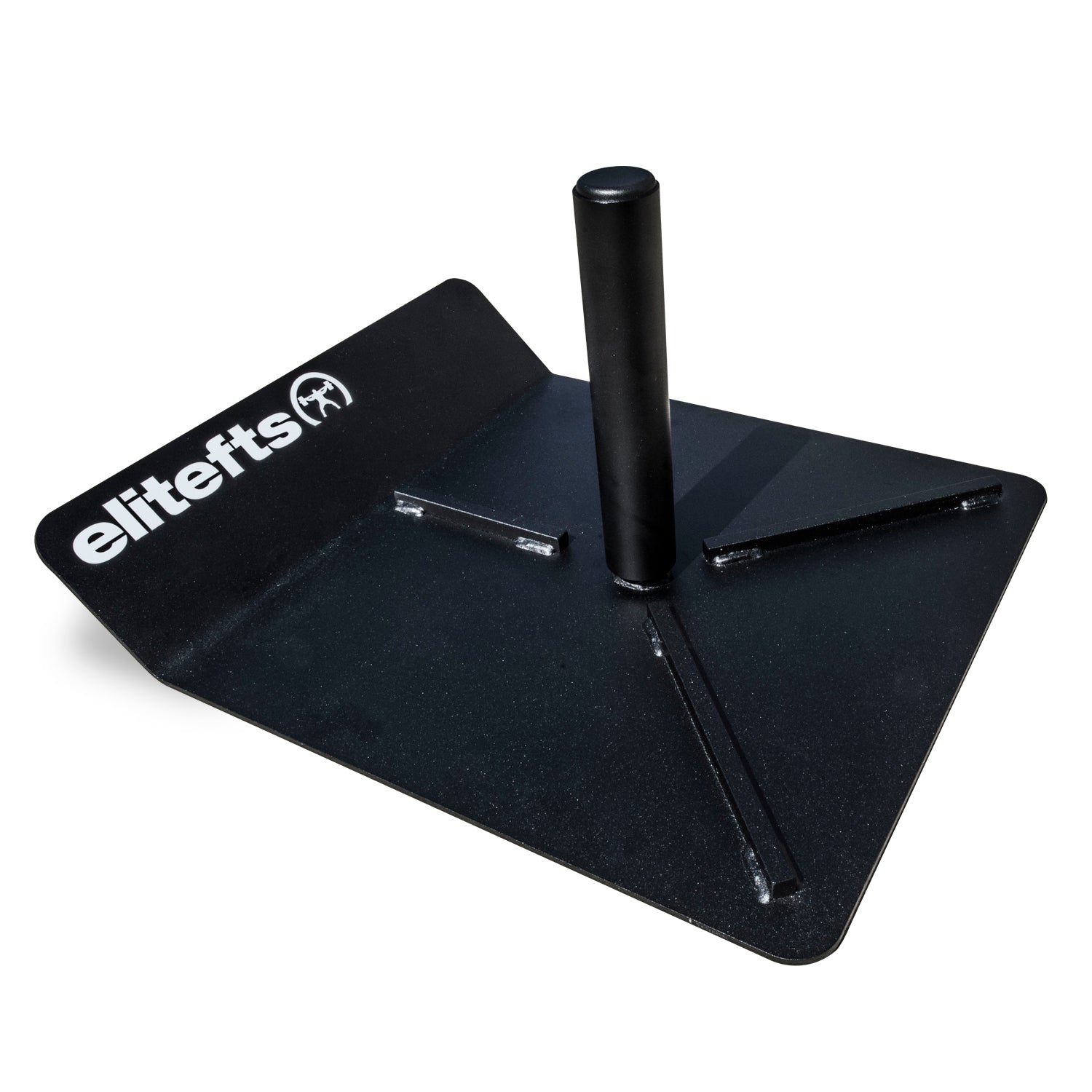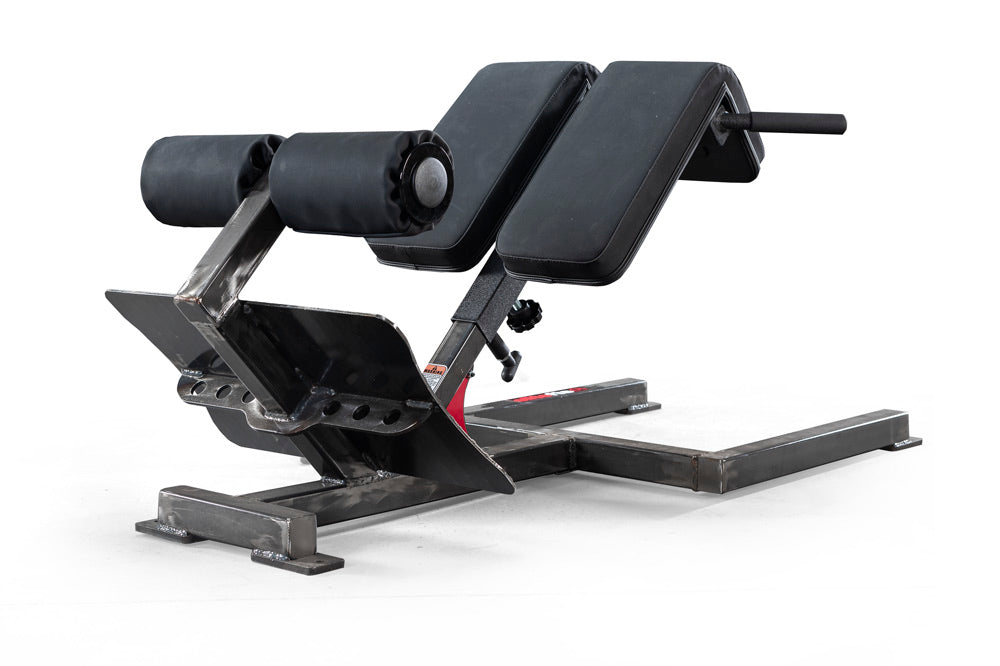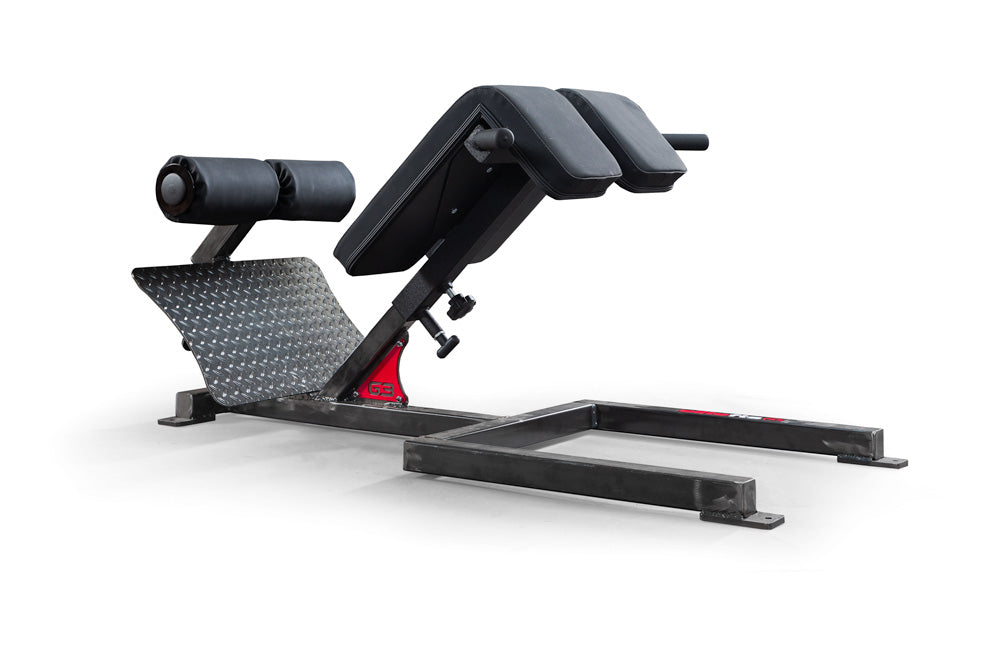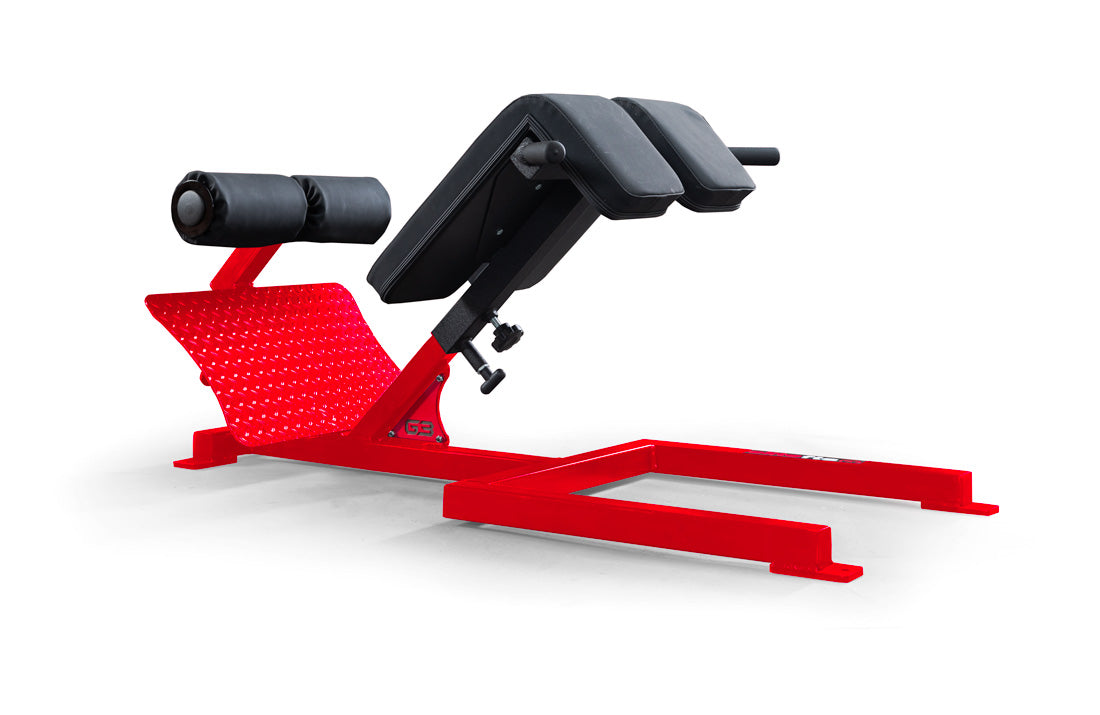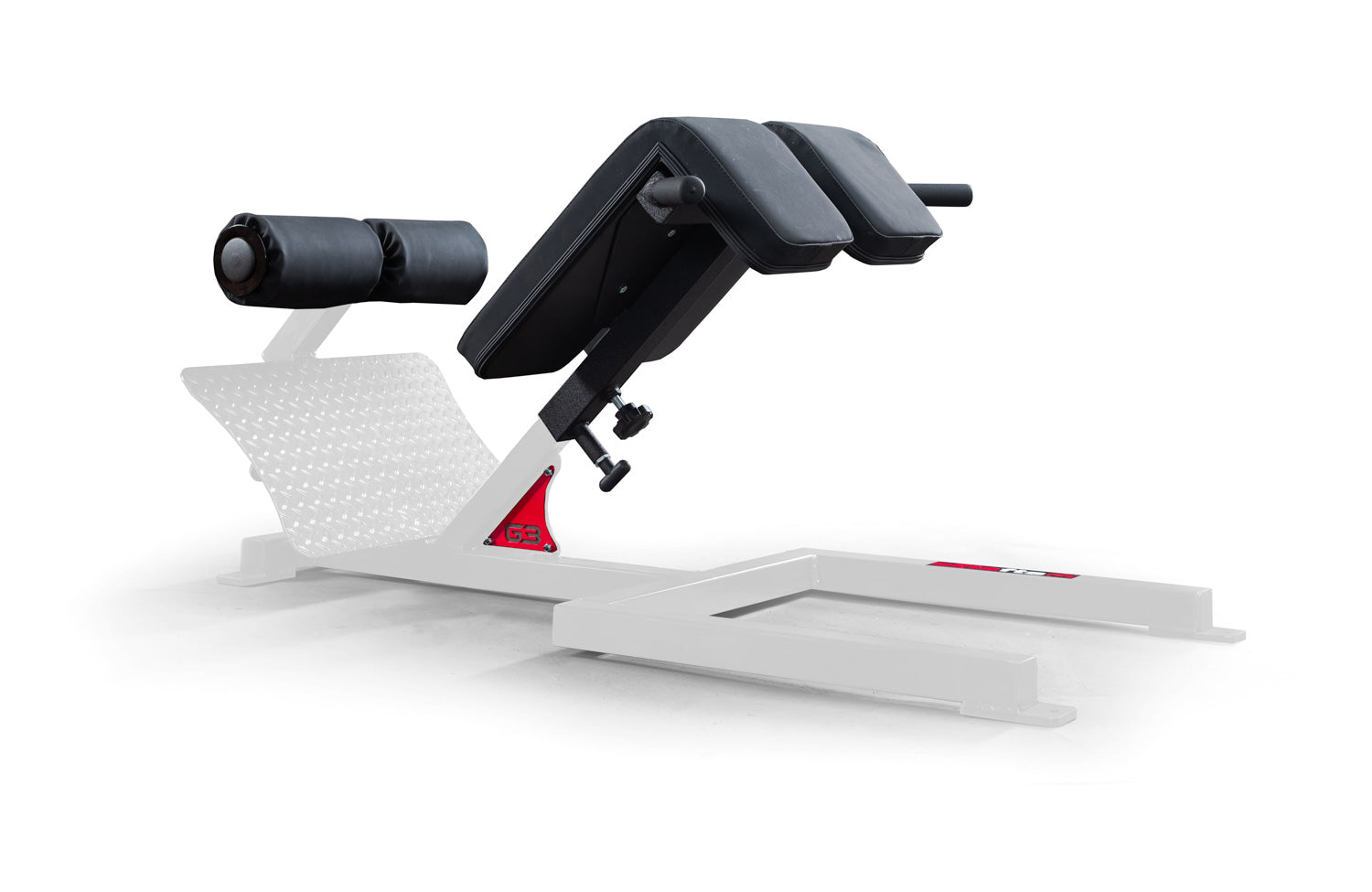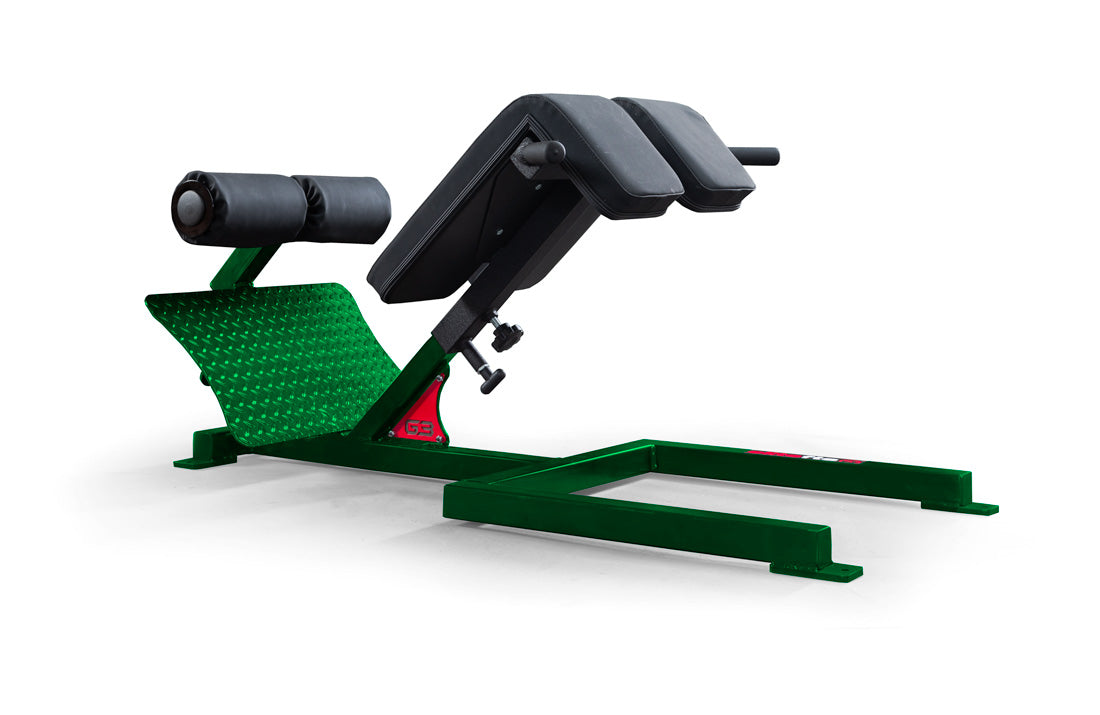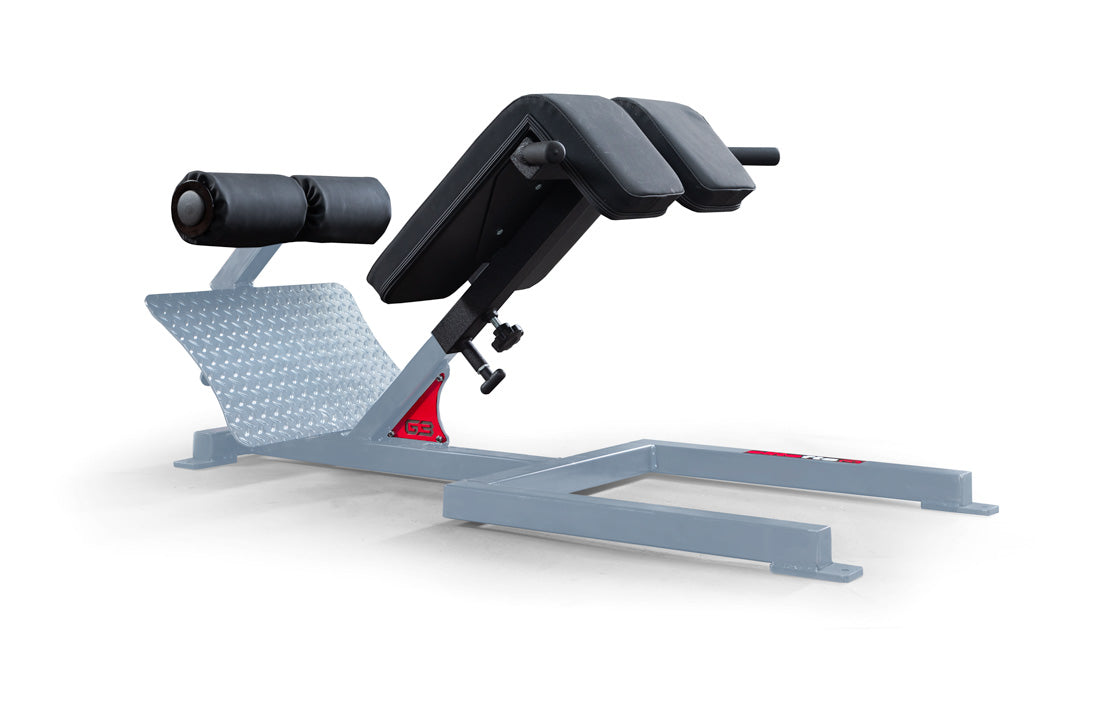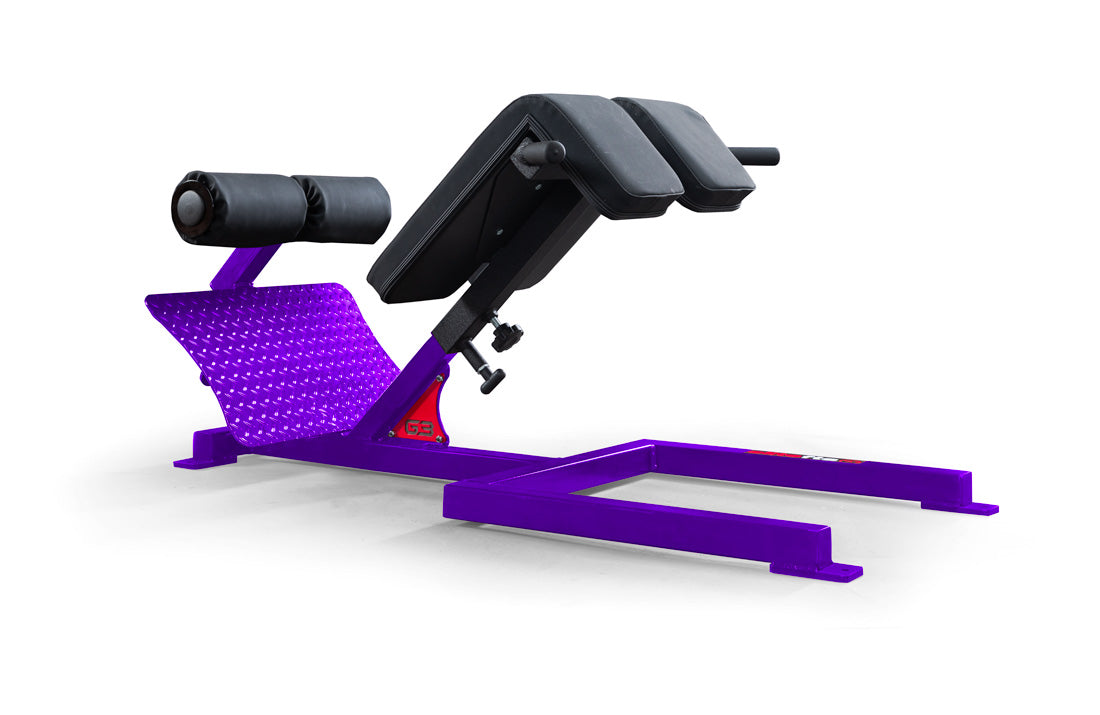RECENT: 8 Rules for The Hard Gainer
Now, does this mean you should be programming ball-busting, slow, grinding sets? Or super high volume and/or intensity? Absolutely not! The objective here is for your athletes to maintain strength and size. You want them to stay strong but what’s more important is that they are fresh for their practices and games. If they are sore as shit and can barely walk after a squat session, that isn’t going to do them any good. Their performance on the field is what matters most, so keep the best interest of the athlete in mind when designing your in-season program.

Modifications
Keep in mind that their sport puts a lot of stress on their bodies. It isn’t necessary to load the spine every week of the season with heavy squats and deads. One of my favorite lower body exercises is theprowler for that reason. You can do
heavy sled pushing or pulling which will give your athletes quality work without loading the spine. Another benefit of the prowler during the season is that there is no eccentric component to the movement, so the athletes will not get sore from it. This will enable them to maintain lower body strength while keeping them fresh for the field. In regards to the upper body, heavy benching and overhead barbell pressing isn’t necessarily the best idea either. That can really take its toll on their shoulders over the course of the season. Instead, I prefer to use different dumbbell press variations which gives the shoulders a little bit more freedom since you’re not locked into a barbell. For most dumbbell pressing movements, I especially like to use a neutral grip (palms in) during the season. The neutral grip is much easier on the shoulders. If your facility has
Swiss bars or renegade bars, I would highly recommend using them for your pressing for some of the same reasons.
Thick diameter bars are also great. They will put less stress on the joints while putting extra emphasis on your grip and forearms. If you don’t have thick diameter bars at your facility, then I highly recommend grabbing a few pairs of
Fat Gripz. You can easily store them anywhere and throw them right on any barbell or dumbbell when you are ready to use them. Amazing product! Now with all that said, I do like to throw in some squatting and deadlifting every few weeks. But keeping the health of your players in mind, I do like to make some modifications. If you have access to a
SS Yoke Bar, I would certainly prefer that during the season to give the shoulders a breather. As far as the deadlift goes, I’d go with a
trap bar with high handles if possible. The high handles on a trap bar make it much easier to maintain a neutral spine in the bottom position, which will give the lower back a break and allow your athletes to pull at a much safer position. If you don’t have a safety bar, you can use different goblet squat variations with either kettlebells or a dumbbell to avoid the shoulder stress and compressing the spine.
Tying the Program Together
As I mentioned earlier, football takes a toll on the body and our goal during the season should be maintenance. With that in mind, I like to use two full body training days per week, with both sessions lasting about 30-45 minutes at most, including a thorough warm-up. What I have done recently is split up a four day training program over two weeks. For example, Day 1 and Day 2 on one week, then Day 3 and Day 4 on the following week. The athlete will go through each day, 2-3 times before we cycle in a new phase or routine.RELATED: 'Because Of' or 'In Spite Of': The Modes of Sport Preparatory Strategies
Typically, games are on Friday night so I prefer my athlete's training on Mondays and Wednesdays. Mondays we usually do our big lower body lift for the week and Wednesdays we put a bit more emphasis on upper body. This way, the legs are completely fresh for game day.

As far as sets and reps, I like to typically do about 2-3 sets for each exercise for sets of 4-6 on the main exercises, and 8-12 on some of the assistance stuff.
An in-season training split might look something like this at Tutela Training Systems: Monday — Day 1 1) Med Ball Soccer Throw, 3 x 5 2a) Prowler Push, 3 x 10 yards 2b) Band Pull-Aparts, 3 x 12 (2-second hold) 3a) RDL, 2 x 10-12 3b) Seated Cable Row, 2 x 10-12 3c) Walking Lunge, 2 x 10-12 each 4) Plank, 2 x max time Wednesday — Day 2 1) Vertical Jump, 3 x 3 2a) Flat Neutral Grip DB Press, 3 x 4-6 2b) Dumbbell Step-Up, 3 x 4-6 each 2c) Weighted Chin-Up or Pulldown, 3 x 4-6 3a) Standing Neutral Grip DB Press, 2 x 8-10 3b) Neutral Grip Pulldown, 2 x 8-10 Monday — Day 3 1) Box Jump, 3 x 3 2a) Trap Bar Deadlift, 3 x 4-6 2b) Divebomber Push-Up, 3 x 10-20 3a) One-Arm DB Row, 2 x 8-10 3b) Weighted 45-Degree Back Extension 2 x 8-10 3c) One-Arm Neutral Grip Incline DB Press, 2 x 8-10 each 4) Hanging Leg Raise, 2 x 12-20 Wednesday — Day 4 1) Medicine Ball Side Throw, 3 x 5 each 2a) Standing Military Press with Fat Bar, 3 x 4-6 2b) Walking Lunge, 3 x 4-6 each 2c) Face-Pull, 3 x 15-20 3a) Pronated Pulldown, 2 x 8-10 3b) Weighted Push-Up, 2 x 8-10
This of course is just a quick sample program and you should still individualize as best you can. After the athlete completes each day two to three times you can then cycle in a new program. Also keep in mind that you don’t want them going anywhere near failure, so choose a percentage of their 1RM that they will get cleanly. They should always be leaving about two to three reps in the tank during the season. Think maintenance! For years, coaches have made their players train a day after a game. I do believe there is some value to that to an extent. For instance, pumping in some fresh blood to the muscles will help with recovery, but in my opinion rest is a better option after a big game. With that said, I don’t necessarily like to strength train the day after games. I just don’t think the kids get enough out of it. So, to get the blood flowing and not beat the shit out of your kids, I like to do some light callisthenic work the day after a game. A good dynamic warm-up, some push-ups, bodyweight squats, band pull-a parts and call it a day. Remember that if a kid is banged up, they may need a week off of training. It’s up to us as coaches to make that call from time to time to keep our athletes healthy. We also need to work in a recovery week, where they take off of strength training completely and just work on mobility, flexibility and stability. Keep training interesting, make it fun. Football is a long grueling season and your players need to feel fresh, strong, and enjoy their strength work. We demand so much from them that sometimes we forget that they are kids, so make sure they are working but also make sure they are having fun. Every coach should keep form and technique in mind before anything else. Without that, training can be detrimental to your athlete’s success, so coach em’ up! I hope that this post helps keep your players strong and healthy over the course of this season. If you have any questions, please contact me at
info@tutelatraining.com, and check out my blog at tutelatraining.com. Good luck this season, guys. Keep those boys strong!
Chris Tutela is a strength and conditioning coach in Clark, New Jersey. He is the owner and operator of Tutela Training Systems, where he trains mainly athletes and some regular people. He has multiple years experience as a strength coach at the high school level as well a professionally in the private sector.
Images courtesy of Chris Whitacre














